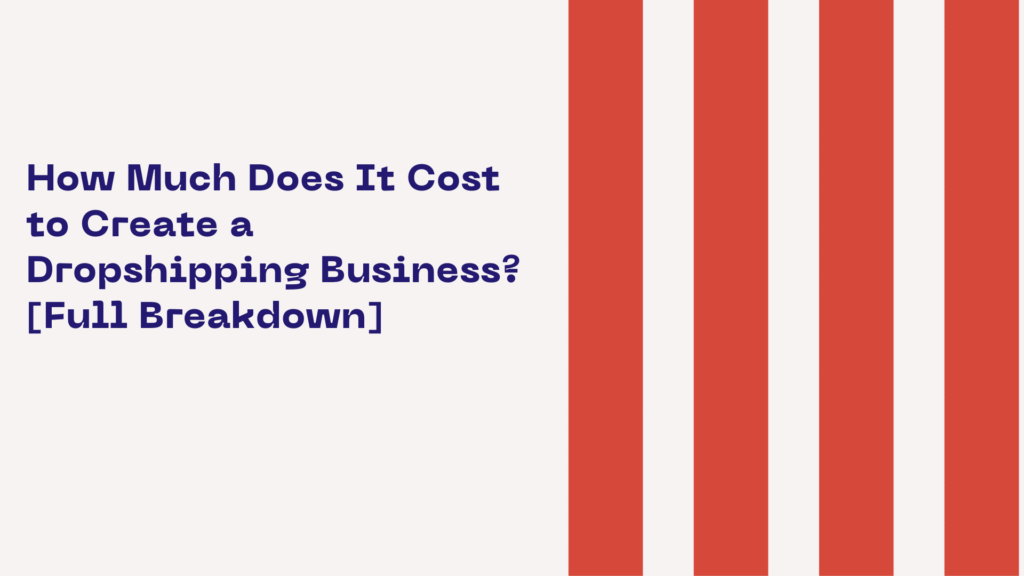
Introduction
Entrepreneurs can enter the e-commerce market through the dropshipping model because it requires minimal initial capital investment. In the dropshipping business model, customers receive their purchased items directly from your business while suppliers handle shipping and order fulfillment. The system lets you focus entirely on your marketing and sales operations. Dropshipping enables entrepreneurs to begin operations with low startup costs but requires careful consideration of multiple critical expenses before launching. Developing your business plan and budget based on a comprehensive understanding of these costs will drive success in your dropshipping business.
This article details dropshipping and explains its cost-effectiveness as a business model.
In dropshipping systems, suppliers handle inventory management and shipping so that orders reach customers directly. Dropshipping allows you to avoid inventory upkeep and prevents the need for a big upfront stock investment. Dropshipping attracts new business owners since its business model helps reduce initial financial risks.
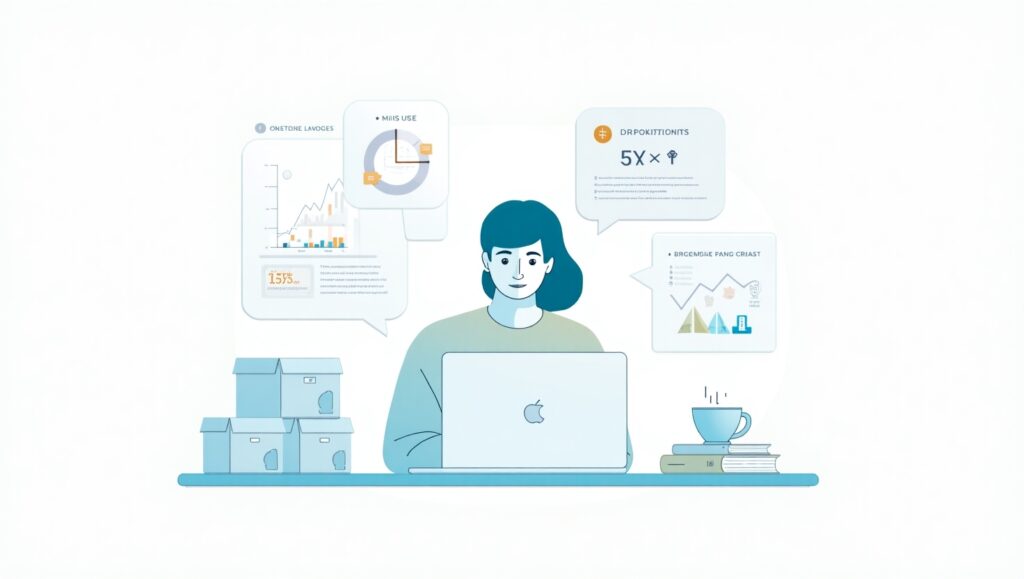
You need to invest in creating your online store and choosing products to sell, along with marketing your new dropshipping business. Companies can allocate their funds towards website/app development and promotional activities since they don’t need money for warehousing or shipping costs. Dropshipping attracts entrepreneurs because it needs minimal initial investment, yet demands careful financial management to maintain business sustainability.
How much starting capital is required for launching a dropshipping business operation?
Starting a dropshipping business requires less initial money compared to traditional businesses because costs change depending on your chosen platform and marketing strategy. Starting a dropshipping business requires an initial setup cost between $300 and $1,000, followed by recurring monthly expenses during the first few months.
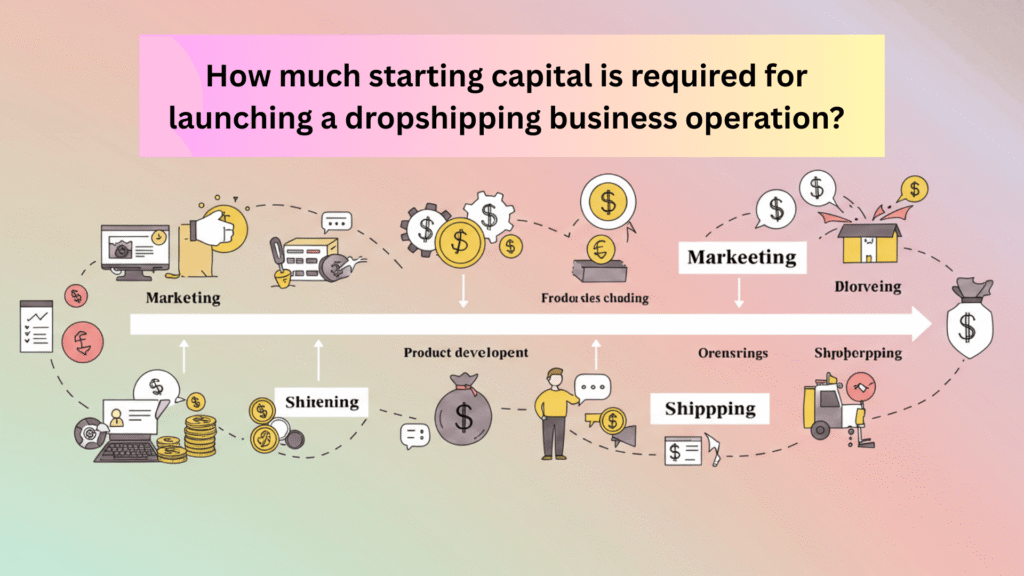
Key Initial Expenses:
- Platform Fees: Shopify charges a basic monthly plan fee of $39, but WooCommerce operates without charges, though it requires hosting through another service.
- Domain Name & Hosting: The domain name demands an annual fee ranging from $10 to $15, and WooCommerce hosting needs monthly payments between $10 and $20.
- Product Sourcing: The initial cost of obtaining products changes according to your supplier without requiring any advance payments for inventory. Access to products from suppliers usually involves paying minor fees.
- Marketing Budget: A sensible marketing budget between $200 and $500 per month for ads and promotions is necessary to drive more traffic to your site.
Total Initial Costs: The initial financial requirement ranges from $300 to $1,000, depending on the platform you choose and the advertising strategy you implement.
Website and eCommerce Platform Costs
To launch a dropshipping business you must first construct an e-commerce website. Choosing the right platform allows you to operate your business operations with greater efficiency and effectiveness. Shopify and WooCommerce stand out as the main platforms used by businesses operating in the dropshipping industry.
1. Shopify: Shopify delivers an all-encompassing platform solution that makes building and managing your online store straightforward. New entrepreneurs choose this platform because it manages essential technical operations, including hosting and security updates. Although the platform provides basic features, users must purchase them through a payment system. The basic Shopify plan costs $3.9 per month and includes transaction fees except when using Shopify Payments, which imposes an additional charge of 2.9% and 30 cents per transaction.
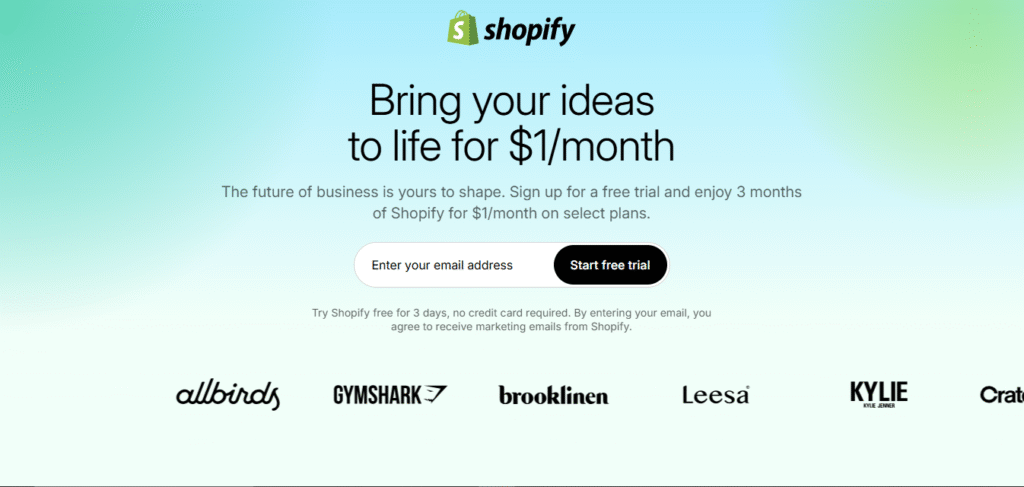
2. WooCommerce: Your WordPress site becomes a functional eCommerce platform through WooCommerce plugin integration. The plugin comes without charge, yet you must pay separately for hosting and domain service, and additional premium plugins and themes. You will need to spend $10-$20 monthly on hosting and pay between $10-$15 each year for domain registration. Though WooCommerce saves money by not including transaction fees, it requires users to handle more management tasks.
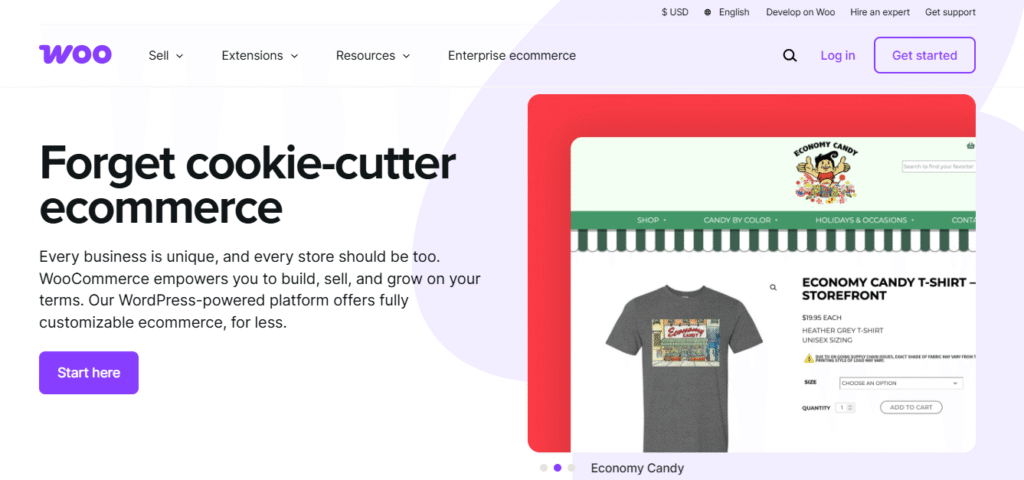
| Platform | Setup Cost | Monthly Fees | Transaction Fees | Add-Ons Cost |
| Shopify | $39/month (basic) | $39–$299/month | 2.9% + 30¢ per sale | $50–$200/month |
| WooCommerce | Free (plugin) | $10–$20/month (hosting) | None (if using PayPal or others) | $100–$500 (plugins/themes) |
What is the minimum budget required to achieve success in dropshipping businesses?
After establishing your store, you will face significant marketing expenses. A strong budget allocation is essential for running ads to reach customers and drive website traffic. Establishing brand awareness and generating sales requires new dropshipping businesses to engage in paid marketing.
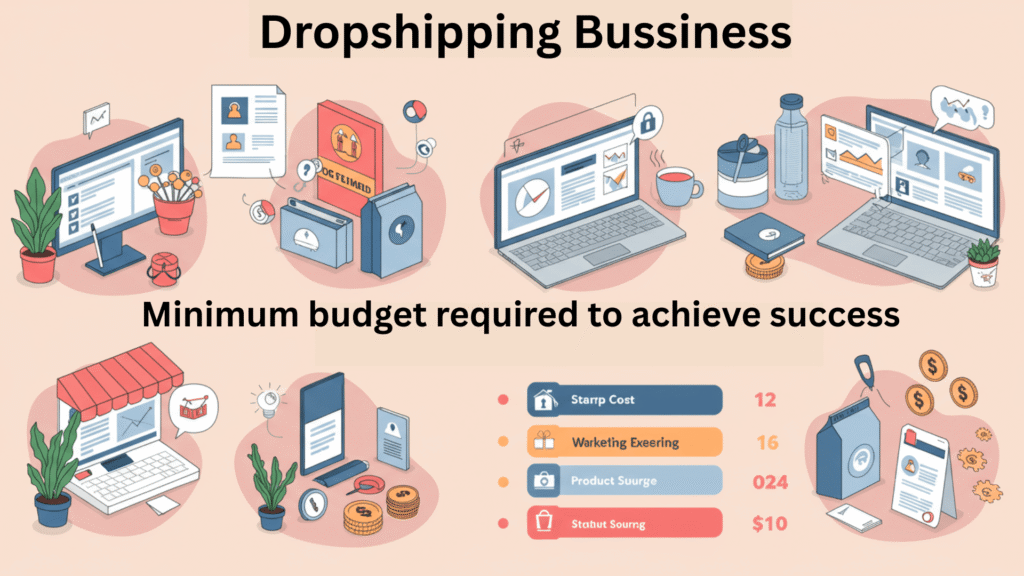
Marketing Budget:
For your first few months, you need to allocate between $200 and $500 per month for marketing activities. Facebook Ads, together with Instagram Ads and Google Ads, will become the primary advertising initiatives because they effectively draw potential customers. These advertising platforms allow you to target precise demographics and customer interests to build relationships with shoppers likely to buy from your store.
Paid Advertising Platforms:
- Facebook & Instagram: Dropshipping companies can test their advertising campaigns effectively using these platforms. Start your advertising trials by setting a daily budget between $5 and $10 to target multiple audiences using diverse creative strategies. The discovery of an effective strategy allows for the expansion of marketing campaigns.
- Google Ads: Google Ads offers a pay-per-click bidding system that allows businesses to select product-specific targeted keywords. The platform enables businesses to link up with consumers searching for comparable products.
Case Study: A Successful Dropshipping Launch
The entrepreneur launched their dropshipping business on Shopify using a $300 budget for the initial three months. Here are their results:
- Platform: Shopify (Basic plan)
- Marketing Spend: $300 (Facebook and Instagram Ads)
- Sales: Generated $4,500 in sales over three months.
- Profit: The business achieved a net profit of around $1,200 after accounting for Shopify fees and marketing costs, along with product expenses during the first quarter.
The case demonstrates how a minimal initial investment combined with strategic marketing can lead to considerable financial gains. The entrepreneur achieved success by focusing on a niche market while constantly testing and improving their advertisements.
Product Sourcing and Dropship Charges
Finding trustworthy suppliers to source products represents the fundamental aspect of running a dropshipping operation. Without direct inventory management, your business must rely on dependable suppliers. These three platforms are commonly used for sourcing products:
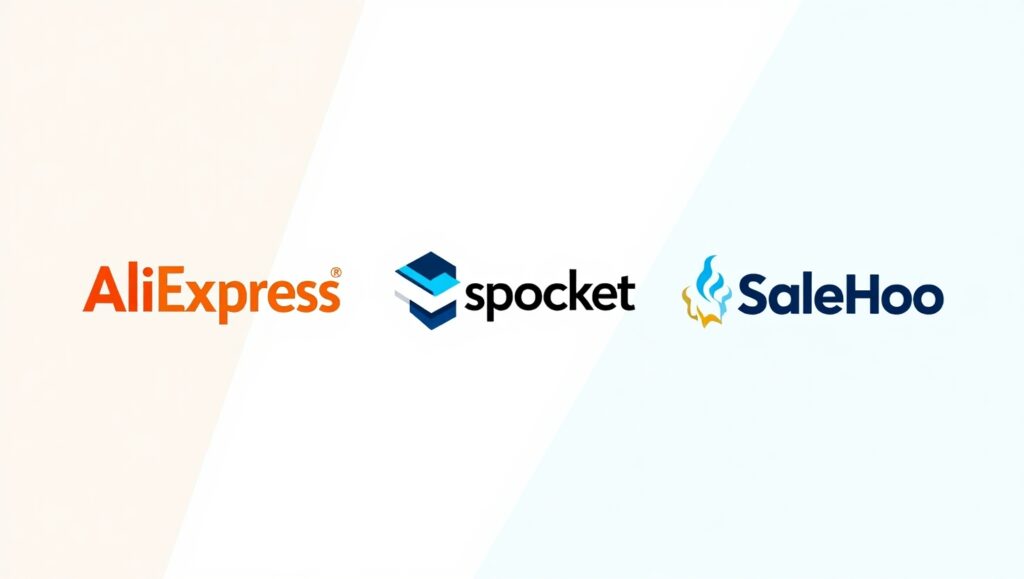
- AliExpress: Dropshipping vendors prefer AliExpress as their top platform because it offers a broad selection of products at low prices. Products sourced from China have a maximum delivery period of 30 days.
- Spocket: Spocket connects businesses to U.S. and European suppliers to deliver faster shipping times along with top-notch product quality. Spocket delivers an improved shipping service that reduces delivery timeframes to a range of 7 to 14 days.
- SaleHoo: SaleHoo gives you access to suppliers who have passed through a detailed evaluation process.. SaleHoo charges $67 annually to provide users with access to superior suppliers and quicker shipping than AliExpress.
Dropship Charges
The diverse pricing systems used by multiple suppliers require buyers to evaluate different suppliers to secure optimal deals. AliExpress offers lower product prices, but buyers should anticipate higher shipping expenses and extended delivery periods. The rapid shipping services from Spocket lead to increased product prices.
Marketing and Advertising Budget
A successful dropshipping business needs paid advertising initiatives to attract website visitors. Facebook, Instagram and Google Ads stand as the best advertising platforms to connect with potential customers. Use this guide for setting up your advertising budget properly.
- Facebook & Instagram Ads: The platforms provide exceptional opportunities to evaluate new products among different customer groups. Begin your advertising efforts with a modest budget of $5–$10 per day for testing purposes and adjust your spending based on the results you achieve.
- Google Ads: With more experience behind you, you can effectively target customers using Google Ads based on their search behavior patterns. You can allocate between $100 to $500 each month to bid on niche-related keywords and attract precise traffic to your store.
- Influencer Marketing: Your brand will see rapid expansion when it joins forces with niche influencers. The price for influencer-generated content varies between $50 and $500 and depends on how many followers an influencer has.
| Marketing Channel | Monthly Cost | ROI Estimate |
| Facebook Ads | $200–$500 | 2–4x |
| Google Ads | $100–$500 | 3–5x |
| Influencer Ads | $50–$500/post | 4–6x |
FAQs About Dropshipping Costs
1. Can I start dropshipping with no money?
Not realistically. You can find some free tools, but you need $300–$500 to spend on ads and your store, along with testing.
2. Dropshipping charges from suppliers vary according to different companies.
It varies. AliExpress applies additional charges between $1 to $3 but Spocket incorporates all fees into the listed product price. Always check shipping options.
3. How long does it take to be profitable in dropshipping?
It takes most stores between one and three months before they reach their break-even point. The success of generating profits relies on how well ads perform along with the chosen products and pricing approaches.
4. Can I only use Shopify for my platform needs?
No. WooCommerce, BigCommerce, and Wix are alternatives. Shopify has gained popularity because of its straightforward setup process and extensive app ecosystem.
5. Should I purchase product samples before selling them?
Yes. Purchasing samples enables assessment of product quality alongside packaging efficiency and shipping duration. Purchasing product samples boosts customer trust while lowering refund rates.
Conclusion: Is Dropshipping Worth the Investment?
Successful dropshipping operations demand that entrepreneurs exercise careful oversight of their financial outlays. Successful dropshipping businesses need smart investments in platforms and suppliers alongside marketing, despite having low initial expenses. By implementing an effective strategy, newcomers to e-commerce can achieve profitability through a scalable dropshipping business model.
A solid understanding of startup costs combined with careful platform selection and strategic marketing investments helps minimize risk while boosting business success chances. A budget of $300–$1,000 enables you to establish a dropshipping business that will develop into a profitable venture over time.

